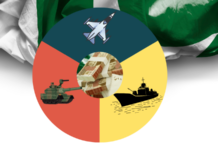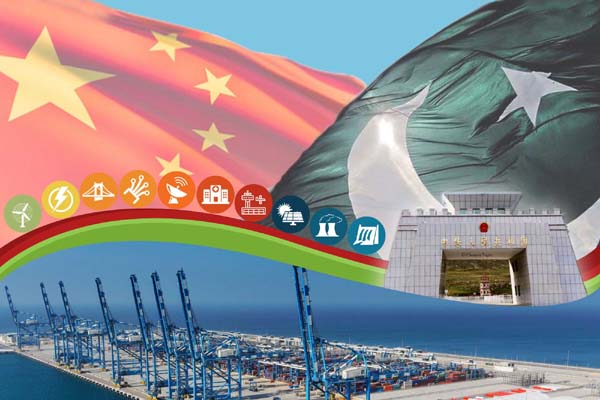Developing economies owe Chinese lenders a staggering $1.1 trillion, with over half of the thousands of loans extended by China over the past two decades becoming increasingly difficult for borrowers to repay, according to a new data analysis.
AidData, a US-based research lab, reported that overdue loan repayments to Chinese lenders are soaring. The research indicates that nearly 80% of China’s lending portfolio in developing countries is now supporting nations grappling with financial distress.
For years, Beijing has allocated substantial financial resources to fund infrastructure projects in poorer countries, notably through the Belt and Road Initiative (BRI) introduced a decade ago by Chinese leader Xi Jinping.
This initiative has poured funding into critical infrastructure like roads, airports, railways, and power plants across regions ranging from Latin America to Southeast Asia, thereby driving economic growth among borrowing nations. While these investments have drawn governments closer to Beijing, they have also sparked concerns about irresponsible lending practices.
Now, 55% of China’s official sector loans to developing countries have entered their repayment periods, according to the analysis of more than two decades of China’s overseas funding across 165 countries released by AidData.
Those debts are coming due during a new and challenging financial climate of high interest rates, struggling local currencies and slowing global growth.
“A lot of these loans were issued during [the Belt and Road period starting in 2013] and they came with five- or six- or seven-year grace periods … and then [international debt suspension efforts during the pandemic] tacked on two additional years of grace where borrowers didn’t have to repay,” AidData executive director and report author Brad Parks said.
“Now the story is changing … for the last decade or so China was the world’s largest official creditor, and now we’re at this pivot point where it’s really about (China) as the world’s largest official debt collector,” he said.
AidData’s figures are based on its database tracking what amounts to $1.34 trillion in loan and grant commitments from China’s government and state-owned creditors to public and private sector borrowers in low- and middle-income countries between 2000 and 2021.
The researchers also cited data reported by lenders to the Switzerland-headquartered Bank of International Settlements, which they said indicates developing country borrowers owe Chinese lenders at least $1.1 trillion and up to $1.5 trillion as of 2021.
International crisis manager
AidData says Beijing never had to deal with more than 10 financially-distressed countries with unpaid debts until 2008. But, by 2021, there were at least 57 countries with outstanding debt to Chinese state-owned creditors that were in financial distress, its data shows.
This appears to be a factor changing how China is lending.
Funding for the big-ticket infrastructure projects that had earned Beijing goodwill across the developing world are in sharp retreat. Instead, China is providing substantial numbers of emergency rescue loans, according to AidData.
Overall funding commitments from China to the developing world declined at the start of the pandemic, according to AidData. They fell from a peak that was approaching $150 billion in 2016 and dipped below $100 billion in 2020 for the first time since 2014.
But financing is still in the tens of billions, according to the most recent data from AidData, which documented $79 billion in commitments for 2021, including grants and loans, up $5 billion from the previous year.
By comparison, financing commitments from the World Bank totaled around $53 million in 2021.
Chinese infrastructure project lending as a share of total commitments to low- and middle-income country borrowers, however, fell from 65% in 2014 to 50% in 2017, and again from 49% in 2018 to 31% in 2021.
That year, 58% of lending was emergency rescue loans, which help distressed countries stay afloat by shoring up foreign reserves and credit ratings or helping them make debt payments to other international lenders.
This means China is increasingly acting as an “international crisis manager,” according to AidData, which pointed out that which borrowers get bailed out depends on their risks to the Chinese banking sector.
Half of China’s non-emergency lending portfolio to developing countries is now provided via syndicated loan arrangements, with more than 80% of these arrangements involving those Western or multilateral partners, they said.
In recent years China has also moved to recalibrate the Belt and Road Initiative with an eye to bolstering oversight and reducing risk, amid backlash over environmental, social and labor concerns about projects.
Meanwhile, for those countries already in debt and seeking to refinance with Beijing’s emergency rescue loans, the AidData researchers warned that they “must be mindful of the danger of swapping less expensive debt for more expensive debt.”























